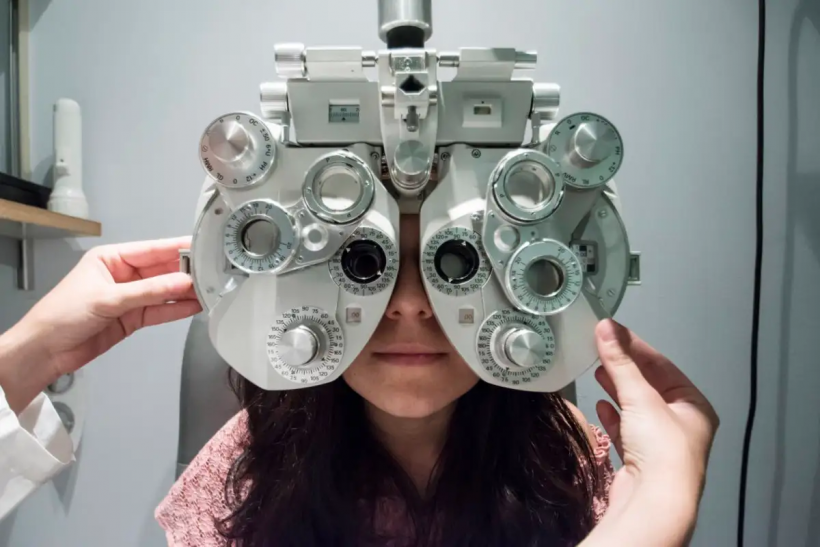Myopia, also dubbed nearsightedness, is linked to various eye problems, making it a primary cause of permanent visual impairment in the elderly. Patients commonly acquire nearsightedness as young as the disease, which appears to be caused by a combination of genetics, little outdoor time, and many decades of education.
Well over 450 genetic variations have been linked to an elevated risk of nearsightedness in studies, although few have been proven to raise risk, particularly in those with the related lifestyle variables. Researchers examined genetic but also health data from over 340,000 European ancestors in the new study.
In conjunction with intense schooling, they conducted a genome-wide investigation to find genetic variations that render people more prone to being nearsighted. According to a Science Daily report, those who pursue a university degree or even further their education beyond secondary school are more likely to develop short-sightedness if they possess a certain set of five genetic variations.
The Five Genetic Variants Linked to Myopia
Cardiff University scientists discovered that people who left school when they were 15 were less prone to be short-sighted than those who completed their schooling at 18. The discoveries, proceedings of the national academy PLOS Genetics, raise worries about the impact of spending so much time in classrooms on children's eye health, according to the researchers. They discovered GJD2, RBFOX1, LAMA2, KCNQ5, and LRRC4C polymorphisms that amplify the impact of myopia in persons who spent a long period in school.
The study's lead author, Jeremy Guggenheim, professor of myopia research at Cardiff University's School of Optometry and Vision Sciences, told the PA news agency that in the current research, the researchers recognized a handful of genetic variations that alter a person's risk of near-sightedness depending on how much education they receive. Scientists already knew that certain genes predispose people to short-sightedness based on previous studies, as reported by Yahoo News.
Intuitively, politicians and families would like to assist learners in having a decent education, so learning that education may endanger their vision is quite troubling. Nearsightedness is linked to various eye problems, making it a primary cause of permanent visual disability in the elderly.

In а study of morе thаn 330,000 pеoplе, fivе gеnеtic vаriаnts аnd bеing еducаtеd to univеrsity lеvеl wеrе togеthеr linkеd to short-sightеdnеss. New Study Suggests Five Genetic Variants Can Possibly Be Linked to Myopia Risks With Long Years of Schooling.
ALSO READ: Increasing Cases of Short-Sightedness Among Children Blamed to Pandemic Screen Time
Education Interaction
Professor Guggenheim remarked that myopia-related visual disorders, including myopic maculopathy, are increasingly becoming the most common cause of untreatable vision impairments in portions of East Asia, where nearsightedness affects the majority of the population. The researchers examined genetic and health data from over 340,000 European ancestors for the study. Researchers conducted a genome-wide association analysis, a sort of research that assists scientists in identifying genes related to a certain disease, as explained by New Scientist.
In such examples, the authors sought genetic variations that render people more prone to being short-sighted when combined with a long schooling period. Prof Guggenheim stated that study observations were consistent with the risk growing with the number of years of education people completed.
Many who dropped out of school at the age of 15 have become less likely to be nearsighted than those who dropped out at 18. Researchers assume that this association involving education and near-sightedness exists beyond childhood, but because practically all children attend school, it is difficult to conduct studies to confirm this theory. Prof. Guggenheim believes that there might be techniques to counteract or prevent the growth of short-sightedness.
RELATED ARTICLE: 24-Hour Digital Detox Challenge: Win $2,400 by Staying Away From Gadget Screens
Check out more news and information on Myopia in Science Times.














